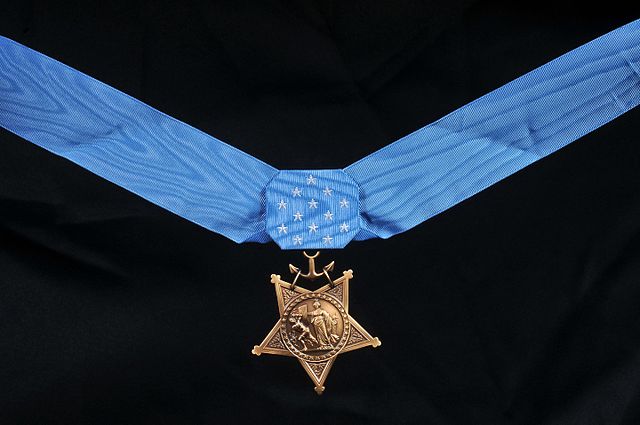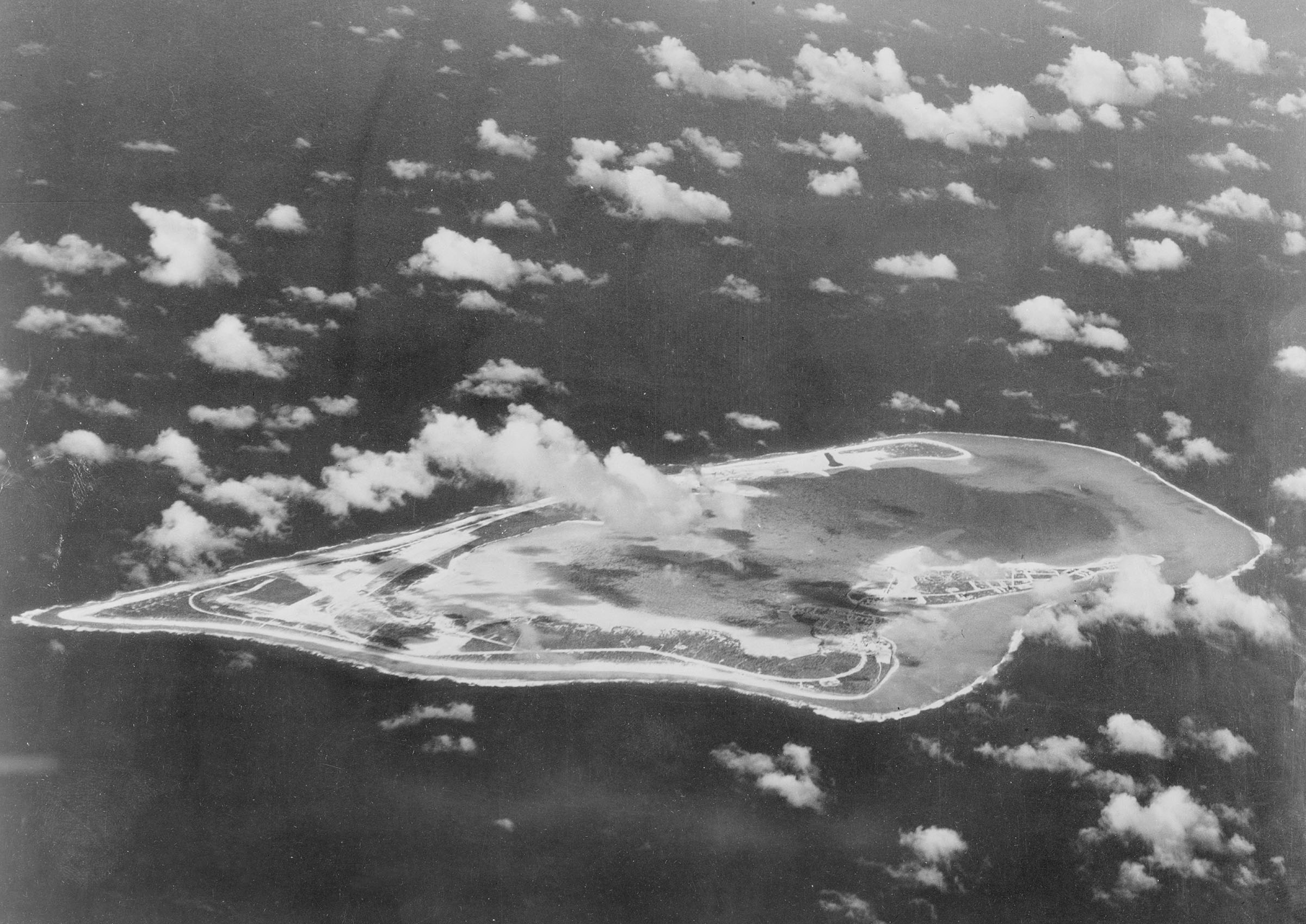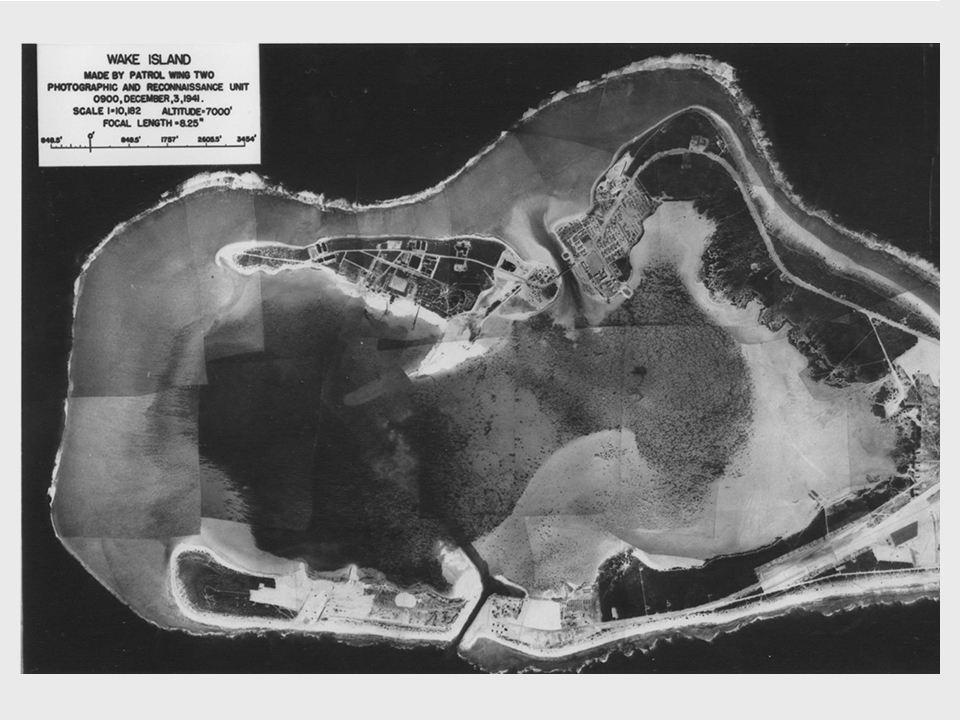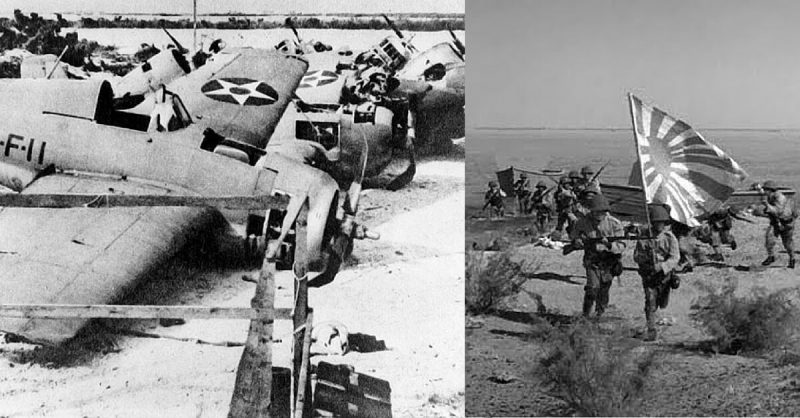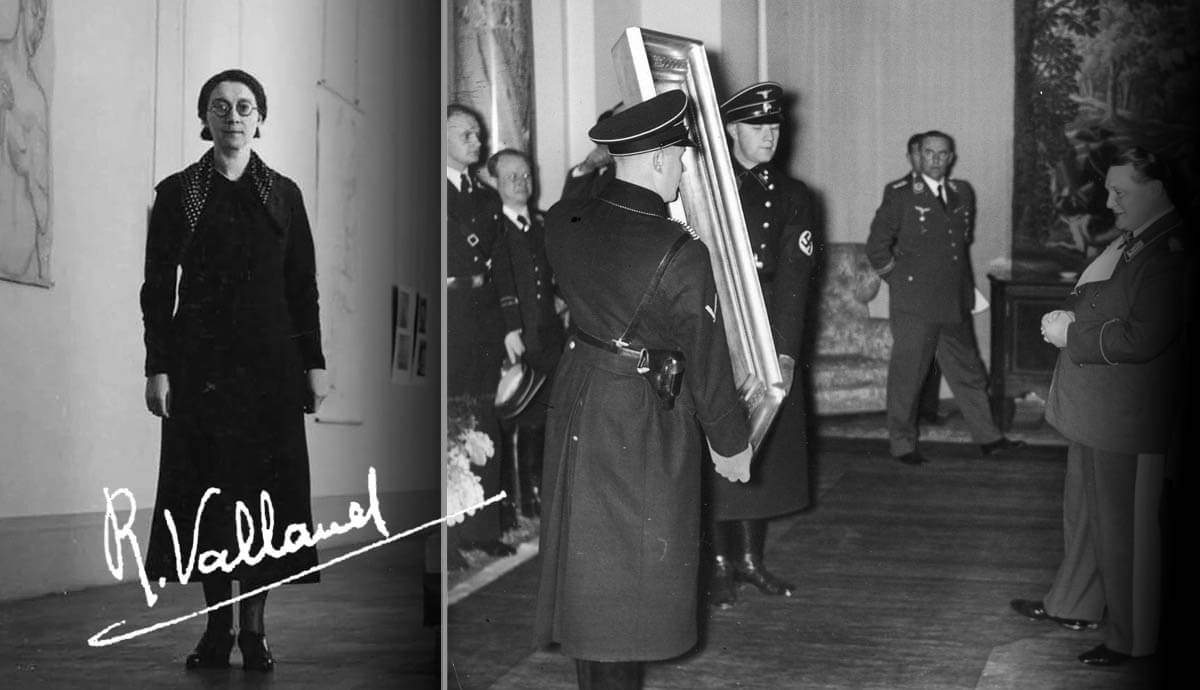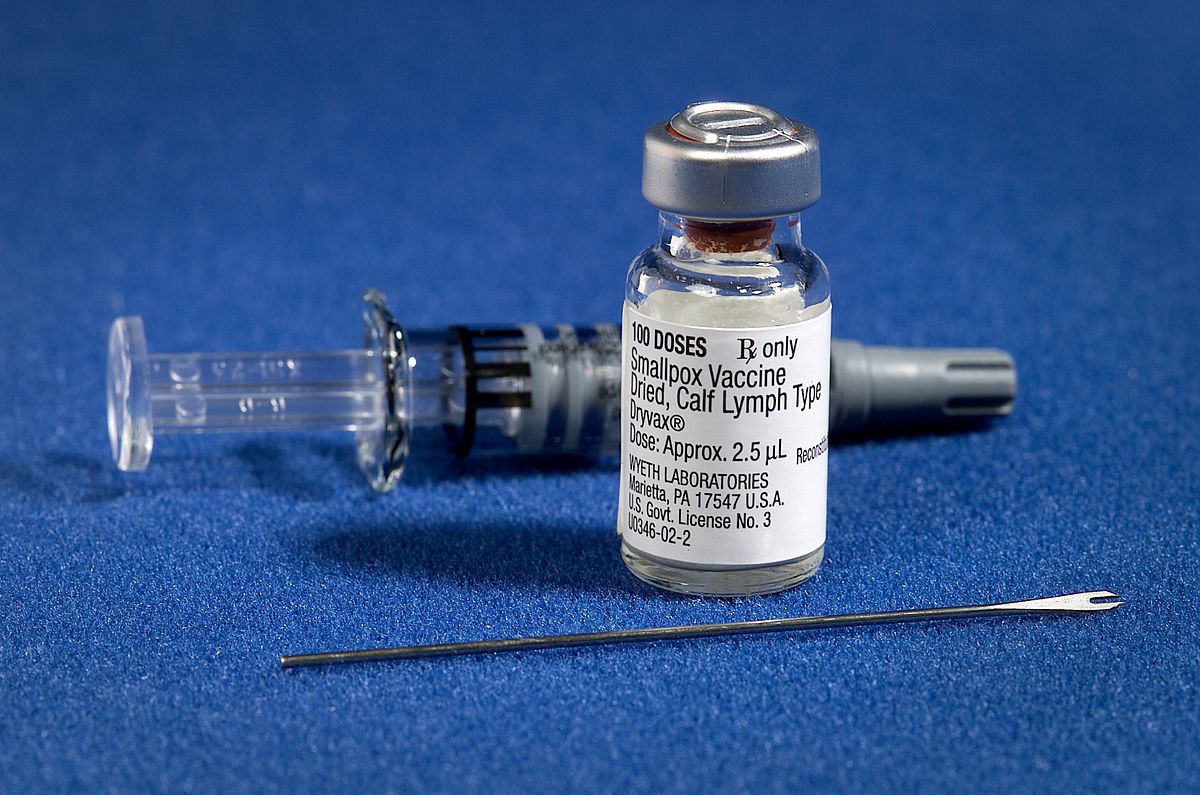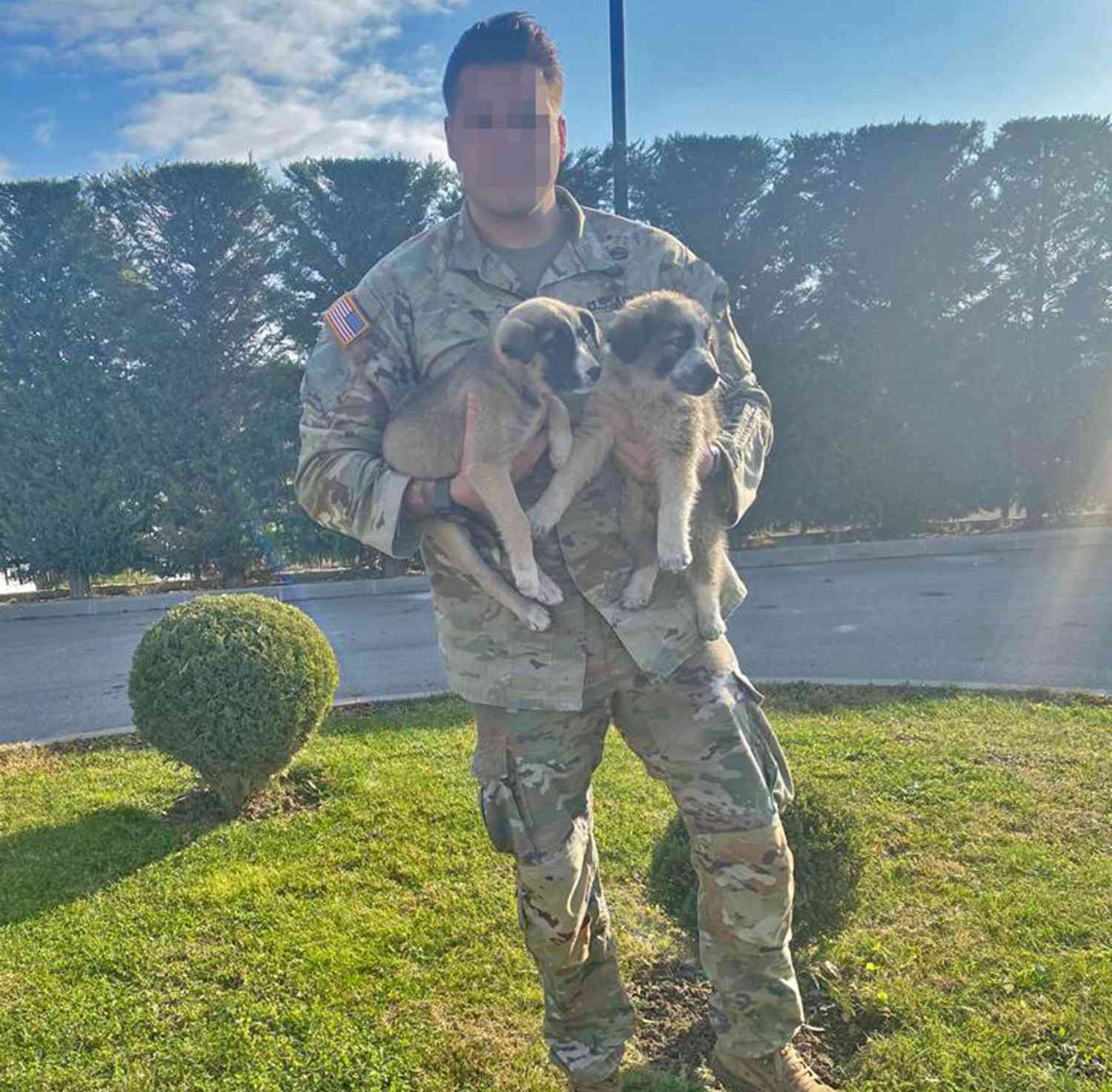USS Winston Churchill executive officer fired after refusing to get COVID vaccine
WASHINGTON — A Navy commander has been fired from his job as the executive officer of a warship because he refused to get a COVID-19 vaccine as required and refused to be tested for the virus, Navy officials said Friday.
Cmdr. Lucian Kins was relieved of his duties Friday as second in command of the USS Winston Churchill, a destroyer, by Navy Capt. Ken Anderson, commander of Naval Surface Squadron 14. Officials said Kins was the first naval officer to be fired as a result of a vaccine refusal.
Cmdr. Lucian Kins was relieved of his duties Friday as second in command of the USS Winston Churchill. Officials said Kins was the first naval officer to be fired as a result of a vaccine refusal.

www.stripes.com
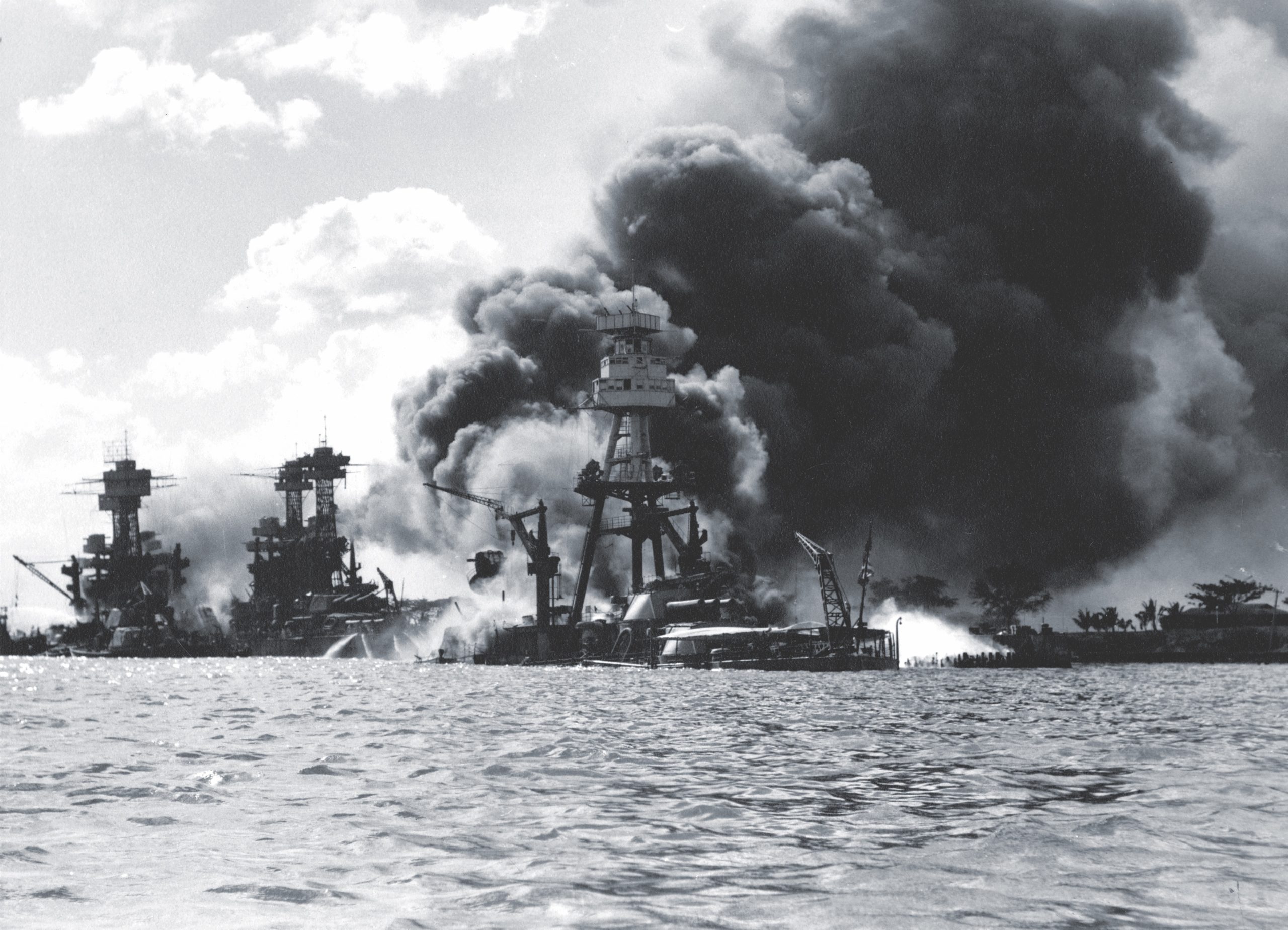
www.historynet.com


